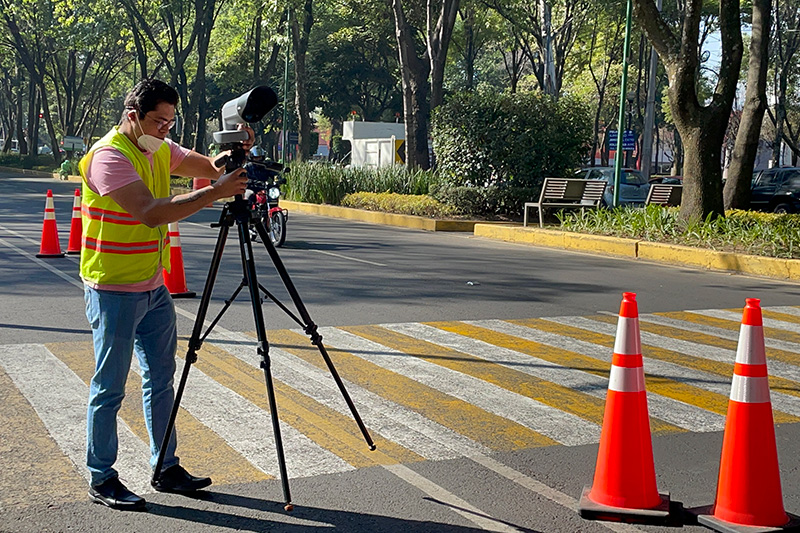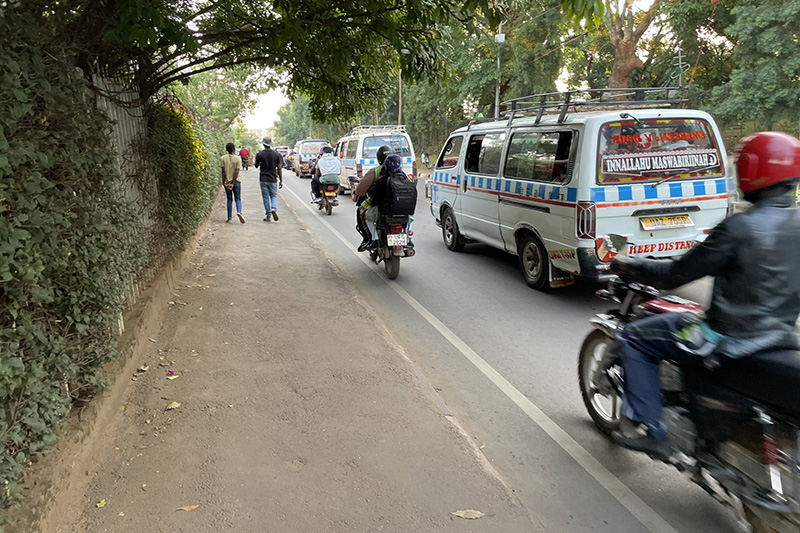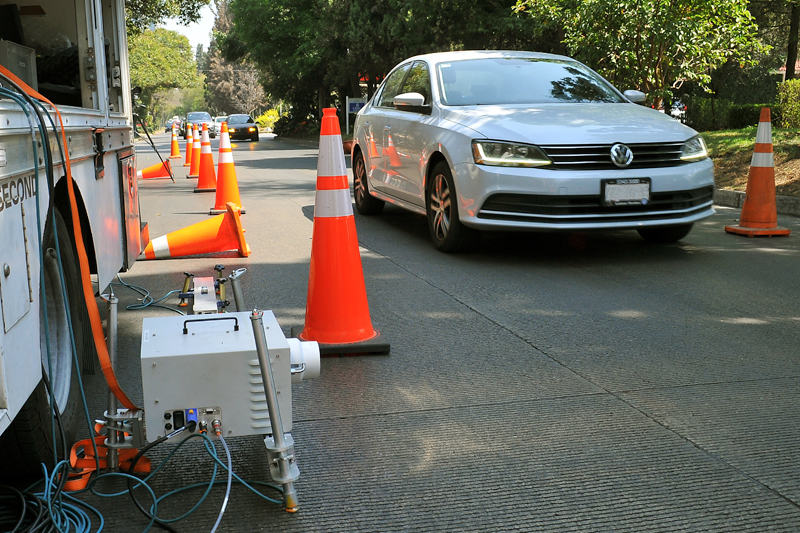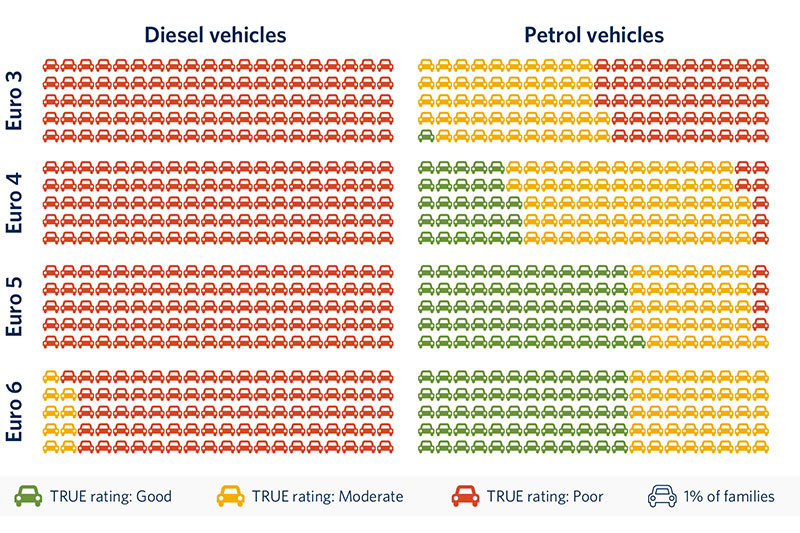Rates of real-world tampered or malfunctioning tractor trucks in Alberta, Canada exceed predictions

In a region of Canada well-known for its trucking industry, new real-world data shows that over a third of vehicles manufactured between 2010-2015 likely have tampered or malfunctioning emission control systems.
Nearly half of all Albertans live within one kilometer of a major roadway – giving them a front row seat to the impacts of the trucking industry. As home to Canada’s second-largest fleet of tractor trucks, movement of freight is vital to the province’s economy.
A new study from the TRUE Initiative, however, highlights a dangerous side effect: malfunctioning or tampered emissions control systems of these heavy-duty vehicles (HDVs) are emitting staggering levels of pollutants into the air, with devastating consequences for public health.
Opportunities to address these excess emissions, which are well above regulatory limits, currently exist, and with policy solutions such as anti-tampering legislation and inspection programs, the benefits of targeting these vehicles for local Albertan communities would be significant.
Rates of tampering are higher than predicted
Using real-world remote sensing data from vehicle inspection stations across Alberta, researchers analyzed the levels of excess nitrogen oxides (NOx) from the heavy-duty fleet to identify rates of tampering or malfunction.
Key findings include:
- 38% of model year 2010-2015 tractor trucks show evidence of tampering or malfunction.
Despite making up less than one quarter of the fleet, this group of vehicles is responsible for nearly half of Alberta’s total NOx emissions from tractor trucks. - By 2035, tampered or malfunctioning vehicles are estimated to increase total NOx emissions by 145% compared to a properly functioning fleet.
The real-world prevalence of these vehicles is up to 2.75 times worse than originally forecasted in a 2022 modeling study.
“We found it particularly interesting to see the difference between estimated rates of tampered or malfunctioning tractor trucks and the real-world data,” says Michelle Meyer, researcher at the International Council on Clean Transportation, the TRUE Initiative’s technical partner. “Our analysis shows once again the importance of collecting emissions data from vehicles on the road to develop effective policies to target high-polluting vehicles and improve air quality.”
Impact on community health
Tampered or malfunctioning vehicles are projected to severely undercut the potential air quality and health benefits of recent emission standards.
Without immediate action, excess pollution from these trucks could lead to:
- 419 preventable deaths by 2035.
For communities near roadways, exposure to these pollutants contribute to diseases including lung cancer, stroke, and chronic obstructive pulmonary disease. - CAD $5.4 billion in health damages for Alberta communities between 2024 – 2035.
Assuming no policy action is taken, damages this year alone would amount to CAD $358 million.
“The data we gathered through CASA’s ROVER III project provided a strong foundation for further efforts in the transportation sector to improve Alberta’s air quality,” says Andre Asselin of the Clean Air Strategic Alliance (CASA). As TRUE’s partner on-the-ground, CASA conducted the remote sensing campaign which provided the data for this analysis.
He adds, “The TRUE Initiative’s analysis of how vehicle emissions can affect people’s health shows just how important this work is.”
Policy solutions to combat excess emissions
Unlike some other Canadian provinces, Alberta has neither an inspection and maintenance program nor anti-tampering legislation, and gaps in federal legislation also limit their ability to address vehicle tampering.
To combat the public health impacts of these excess emissions, we recommend swift implementation of the following solutions.
- Federal Anti-Tampering Legislation
Implementation of strict anti-tampering policies by the federal Canadian government would prohibit the manufacture, sale, or installation of devices that disrupt emissions control systems. Added financial penalties would further deter any bad actors. - Provincial Inspection Program
Alberta lags behind other Canadian provinces by not having mandatory emissions testing. A robust inspection program would both identify problem vehicles and deter tampering from the start. - Remote Sensing Technology
Modern roadside monitoring technology—like that used in this study—can identify high-polluting trucks in real-time, providing critical data for targeted enforcement efforts, while also monitoring emission trends over time.
Acting on these policy levers in the short term could reduce harmful NOx emissions from these trucks by up to 59% annually through 2035. For communities living near roadways, this means easing the related health burdens and ultimately saving lives.






